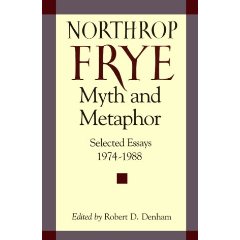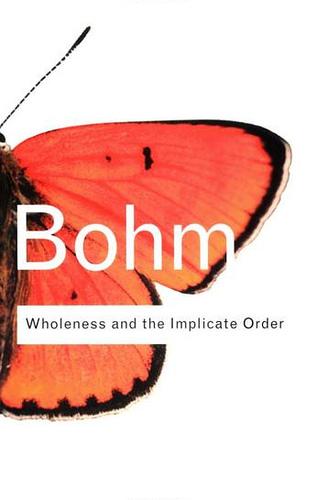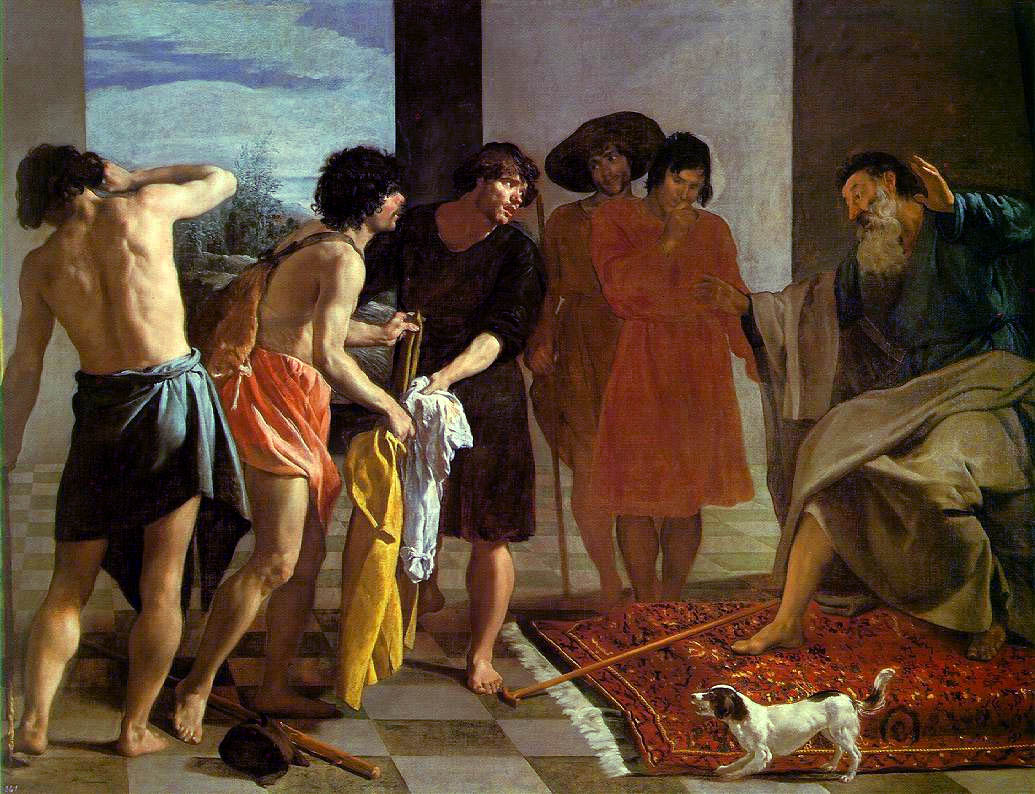
Responding to Bob Denham’s post
I would like to suggest that myth and metaphor are a higher form of question and answer.
Myth and metaphor operate on the level of Vico’s priority of poetry, the first level of language, and also the second level of language which is oratory.
Question and answer operate on the third level of language which is philosophical and on the lowest or forth level of language which is scientific or descriptive.
Myth and metaphor are what make poetry and oratory centripetal. Question and answer are what make philosophy and science centrifugal.
These two worlds of a) Myth and Metaphor & b) Question and Answer are perhaps what Blake had in mind when he wrote The Marriage of Heaven and Hell.
If we consider what makes Frye different from Derrida it is the fact that Derrida is a philosopher, using a different and constricted form of language; and the problem in the 70s was that the people who took over the English Departments were operating on the level of philosophy or the third level of language. What makes Frye shine, and stand apart, is the fact that he continued to opeate in terms of myth and metaphor: “to guard the vision in the time of trouble.” Blake’s Jerusalem. (See Michael Happy’s incisive article, “The Reality of the Created: From Deconstruction to Recreation”, Frye and the Word.)
Constructive philosophers like Leo Strauss and Bernard Lonergan, Gadamer, Heidegger, etc., provide accounts of the roots of our degraded culture and all agree with Heidegger that the only solution to our problems is to learn that on this earth we must learn to dwell poetically. But that is as far as they go. They do not rise to the higher level and operate, as Frye can, within the language of myth of metaphor.
Philosophical accounts of our culture are very helpful, if limited verbally, in attempting to recreate our culture. Lonergan provides us with an analysis of the levels of consciousness in terms four imperatives at four levels: Be Attentive, Intelligent, Reasonable, Responsible in his book, Method In Theology. This is hard to contradict unless we want to propose and promote their opposite. And he even devotes an entire book to examining the act of insight in his book, Insight, where we find a section on “The Longer Cycle of Decline”. This along with what Leo Strauss calls “The Waves of Modernity”, are what Frye terms, at a higher level, accounts of the roots of “single vision.”
The act of insight is what connects a question with an answers; questions evoke insights and without insights our answers are mere empty concepts.
An analysis of our culture in terms of myth and metaphor is what Frye offers us, but the question that remains to be examined is what connects myths and metaphors? It is the act of vision. So we must turn our attention to both the act of insight and the act of vision to find the double vision that our society so badly needs. Rollo May entitles his book The Cry for Myth, and James Joyce in the Circe chapter (15) of Ulysses calls our attention to the “intellectual imagination”.
Ironically, it was Rudolph Bultmann (student of Heidegger) who wrote so much about “demythologizing” who also made popular the word, kerygma, which is so central to Frye, who lifts it from the language level of philosophy and theology, and places it squarely in the context of and at the language level of anagogy, poetry and rhetoric.
As our individual acts of insights build up into intelligible emanations or philosophical theories over a lifetime, so our acts of vision, (which we express in poems, paintings, and love songs) create and recreate the visionary emanation that we identify with at the moment of death.
Similarly, a society lives or dies according to its vision. Such a vision is expressed, through the process of creation and recreation, in the Hebrew and Greek Bible, Dante’s Divine Comedy, and through what Blake calls his infernal or Bible of Hell.




